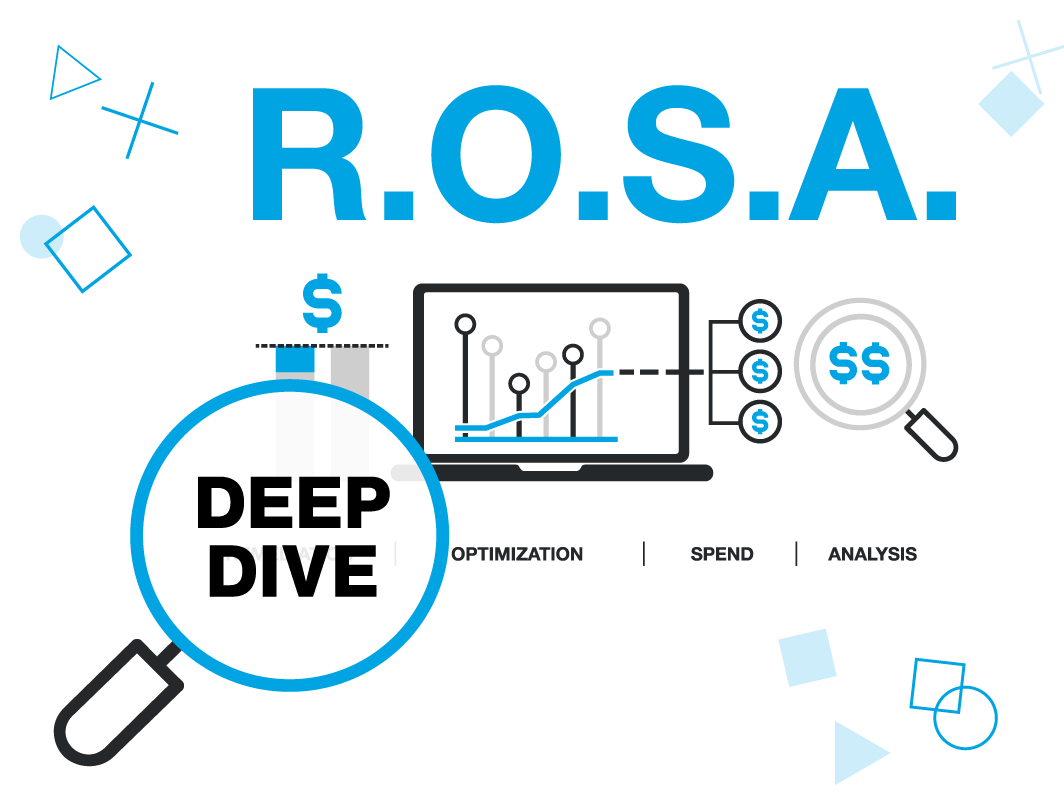
![]()
LinkedIn, the website dedicated to helping professionals network, has signed California’s Equal Pay Pledge, signifying a public and dedicated commitment to fostering equitable pay practices.
What is California’s Equal Pay Pledge?
Initiated in 2019 by California’s Office of the First Partner Jennifer Siebel Newsom, the Equal Pay Pledge requires organizations to “conduct an annual company-wide gender pay analysis, reviewing hiring and promotion processes to reduce unconscious bias and structural barriers, and promoting best practices that will close the pay gap to ensure fundamental equity for all workers.”
California passed the California Fair Pay Act, which empowered a statewide Pay Equity Task Force. That task force is supervised by the California Commission on the Status of Women and Girls. The task force oversees businesses that have taken the pledge and provides resources to female employees who believe that they aren’t receiving equitable compensation. Those resources include educational materials and tools for employees and employers alike.
The pledge aims to identify and reduce structural barriers for women and other protected classes looking to advance their careers, as well as reduce gender and race/ethnicity pay gaps. So far, over 60 large employers, including Trusaic, have taken the pledge.
What this means for the future of LinkedIn
LinkedIn announced on October 19th that it would become the latest business to sign the California Equal Pay Pledge, following the million-dollar settlement reached with the Department of Labor (DOL) for alleged pay discrimination while not admitting fault.
By signing the pledge, LinkedIn recognizes how critical annual reviews of hiring, promotion, and payment practices are, and how it can better work toward fair pay. The company began publishing salary ranges for all U.S. jobs in June to help ensure equitable pay before an employee even starts working. According to its March 2022 pay equity report, women made $0.999 for every dollar earned by men working at the company.
LinkedIn is looking to improve its workforce representation as well. In a recent press release, LinkedIn shows off its 2022 Workforce Diversity Report, which among other things, demonstrates that it is on track for its 2020 promise to double the population of senior Latino employees by 2025 and has already fulfilled its commitment regarding U.S. senior Black employees.
They further note that their newly implemented hiring and promoting practices have led to an 8% increase in women who are considered part of global leadership. LinkedIn reports a particular focus on prioritizing employee retention and leadership development initiatives like ImpactIn Mentorship Program and DIBs Mentor Circles.
LinkedIn’s sordid past and the resulting lawsuit
LinkedIn’s decision to sign California’s Equal Pay Pledge comes on the heels of a lawsuit reached with the DOL earlier this year. In the case, the agency asserts the social media company harbors “systemic gender-based pay discrimination,” specifically compensating female employees differently. In May of this year, LinkedIn decided to settle. The agency’s argument? LinkedIn didn’t pay its female employees as much as its male counterparts for the same jobs.
The lawsuit stemmed from conflicting analyses of pay equity audit details. LinkedIn and the DOL both ran pay equity audits but came to different conclusions. LinkedIn maintained that its jobs offered fair pay, but ultimately agreed to settle with the DOL.
As part of the settlement, LinkedIn agreed to pay $1.8 million to the affected 686 female workers who worked at the San Francisco and Sunnyvale offices between 2015 and 2017. At the San Francisco location, the women worked in Engineering and Marketing jobs, and in Sunnyvale, they were in the Engineering and Product jobs.
LinkedIn’s settlement didn’t end with a large sum payment either.
According to an official DOL press release, the agency indicated that LinkedIn would need to complete a staff training program and undergo evaluations for the next three years to ensure that wages are gender-neutral and make any necessary changes to reach that goal. In the wake of the settlement, LinkedIn publicly announced that it is signing California’s Equal Pay Pledge to further ensure gender equity in compensation.
Ensuring fair pay with Trusaic
Paying workers equitably, regardless of gender, race/ethnicity, or any other protected class, is the only way to avoid hefty fines and costly settlements. Moreover, it’s how you build a lasting brand and better business. Countless studies, including one most recently from Indeed which that 81% of workers are more productive and engaged when they perceive themselves as paid fairly.
As the situation with LinkedIn shows, the importance of conducting pay equity audits accurately cannot be overstated. Organizations should rely on experts like Trusaic for assistance in accurately conducting them. Without the proper data and regression analysis, organizations may review inaccurate pay equity results.
Trusaic’s trusted software solution, PayParity, performs a pay equity audit across your workforce at the intersection of gender, race/ethnicity, age, and disability. This holistic analysis across your workforce ensures you’re paying equitably for current employees and are offering equitable compensation to new hires as well.
The software solution also considers the legitimate business reasons your organization uses for paying employees differently. In addition, PayParity models pay equity through the same lens state and federal governments leverage so organizations can be confident they’re in compliance with increasing pay equity laws, like California’s SB 1162.
To learn more about the requirements of SB 1162 download our white paper for how to comply with it.



